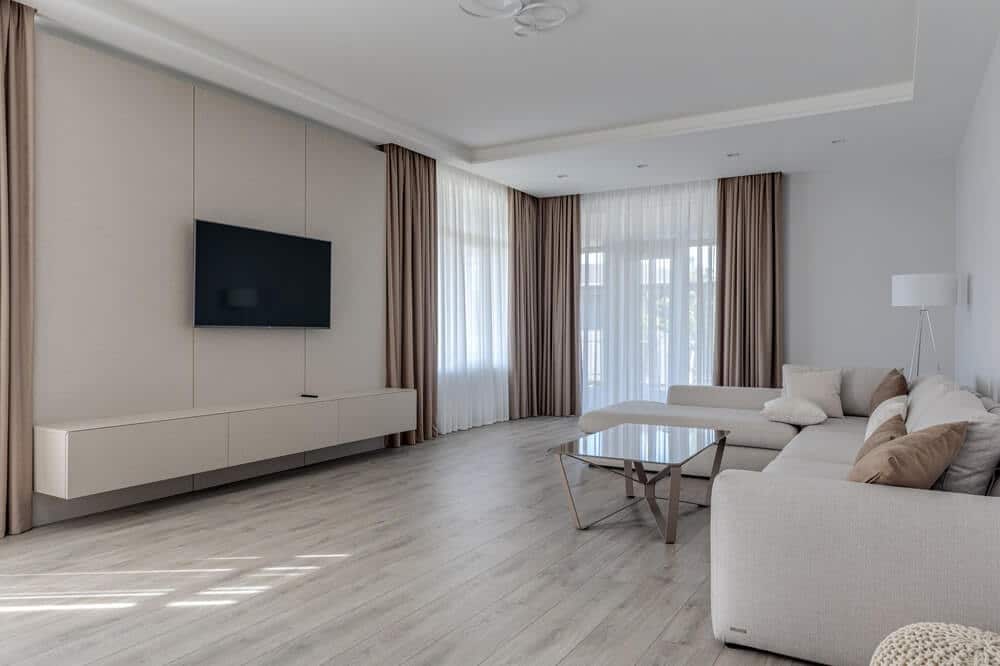 When you walk into a home, the team at Australian Heritage Homes is sure that there are a variety of different things that you gravitate towards. You may be the type of person that immediately checks out the type of floors and the materials used. You may be the type of person who focuses on the inclusions like the lighting fixtures and everything to do with your bathrooms and kitchen. Today’s post is for those who look up (both metaphorically and literally) as soon as you step foot inside a new property that you want to make your own. While you may assume that there is only one type of ceiling that you’ll see in all sorts of homes, that’s simply not the case. And that’s why you’ve stopped by the Australian Heritage Homes blog, (well… one of many reasons, we’re sure) to learn as much as you can before diving into your next dream home. Read on for more information:
When you walk into a home, the team at Australian Heritage Homes is sure that there are a variety of different things that you gravitate towards. You may be the type of person that immediately checks out the type of floors and the materials used. You may be the type of person who focuses on the inclusions like the lighting fixtures and everything to do with your bathrooms and kitchen. Today’s post is for those who look up (both metaphorically and literally) as soon as you step foot inside a new property that you want to make your own. While you may assume that there is only one type of ceiling that you’ll see in all sorts of homes, that’s simply not the case. And that’s why you’ve stopped by the Australian Heritage Homes blog, (well… one of many reasons, we’re sure) to learn as much as you can before diving into your next dream home. Read on for more information:
Drywall
There’s a reason that there’s an assumption that all ceilings are the same…, especially these days. No matter what the architectural style of the home, if you’re looking for simplicity, then you’re looking for a style finished with drywall before being painted. New home construction is where you’ll see this the most – it’s dynamic, classic and doesn’t cost much to either create or maintain. The standard height you should talk to your contractor about is nine-feet-tall, although if you increase this to 10-13 feet, you’ll open up the space even further to maximize natural light, sharing a more spacious feel for anyone living or visiting.
Tray Ceilings
We’re betting that you haven’t heard of a tray ceiling – one that is approximately nine feet tall. It’s flat, with a central section that’s raised a prominent amount. Ah, we’re betting that you’re now picturing this style in your mind. (Hint, picture a tray). They’re very popular in many different styles of architecture and are arguably one of the most classic styles of ceilings that you’ll be able to find on the market. Many flock to these because though they give an amazing illusion of height, that doesn’t increase the price when you’re shopping around.
Drop Ceilings
You most likely won’t see drop ceilings at home, but we’re betting that you’ve seen them at some point in your history at work. They also go by a couple of other names, like false ceilings or suspended ceilings. The first reason that you won’t see them at home? They fulfil a completely different purpose – helping to hide anything related to HVAC, like sprinkler systems or even ductwork, but they’re most likely not the style that you’re looking for. The second reason is that they’re really a lot more functional than aesthetic, compared to other types of ceilings. They massively improve acoustics, simply by buffering the noise from the water pipes in surrounding areas.
There are so many different types of ceilings that we didn’t touch on in today’s post, but never fear. When you check back into the AHH blog, we’ll always continue the storytelling about the work that means the most to us.